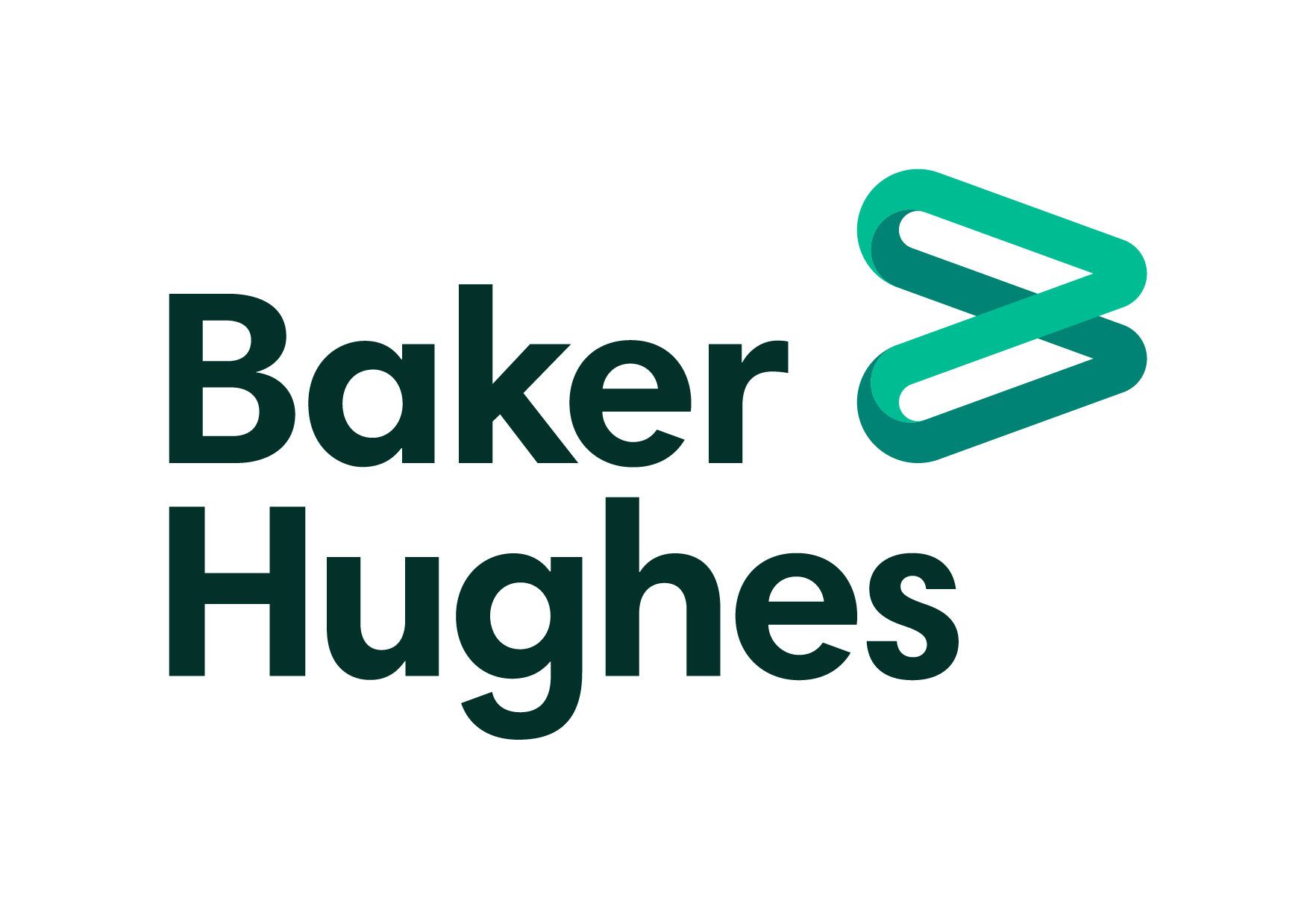McKinsey Doesn't Understand AI - by Dave Friedman
For the past 18 months, enterprises have been duct-taping chatbots to workflows and calling it digital transformation. The results speak for themselves: 80% adoption, 0% impact on EBITDA. Now, in a new report, McKinsey finally admits the obvious: copilots don’t move the needle. Their proposed solution? Replace them with “agentic” AI and redesign the enterprise around it.
They’re right about the diagnosis. But, as is so often the case with McKinsey, they mistake a compelling PowerPoint for a workable plan. They imagine autonomous agents as a linear unlock for trillion-dollar value capture, ignoring the mess of organizational resistance, technical fragility, and compute economics that make this transition a meat grinder, not a memo.
Let’s break it down.
Credit where due: the report clearly names the paradox that most exeuctives have been privately stewing over. Gen-AI adoption is high. Impact is low. Why? Because embedding a chatbot into Outlook is not the same as transforming a business function.
McKinsey correctly identifies the next phase: agents, not assistants. These are not UX accessories, but workflow primitives: systems that perceive, decide, and act with partial autonomy. Unlike copilots that passively suggest, agents initiate. They fetch documents, call APIs, orchestrate multi-step tasks, and potential restructure entire operational cadences.
The report also offers a useful architectural motif: the “agentic mesh”. Think of it as an enterprise nervous system: memory modules, tool interfaces, security layers, and guardrails all stitched into a layer that lives between the LLM and the application surface. If you’re serious about deploying agents at scale, this mesh becomes your control plane and your blast radius.
And yes, McKinsey is correct that this won’t happen unless the CEO drives it. This isn’t an IT project. It’s a reorg with embedded compute.
So far, so good. But then the slide clicks forward, and the hallucination begins.
McKinsey reuses their now-familiar gen-AI uplift estimate: $2.6 to $4.4 trillion of “value.” But they treat agents as a frictionless unlock, as if dropping them into a workflow immediately extracts latent margin. In practice, most real-world deployments don’t survive contact with the data. Ask anyone who’s run a serious agent pilot, and you’ll hear the same refrain: dirty systems, unknown edge cases, costly tool-chaining, and reliability cliffs.
Agents aren’t RPA 2.0. They’re stochastic planners with blurry state awareness and a penchant for surprise. They fail differently and more expensively.
There’s a passing nod to hallucination, but no real accounting for what makes agents fragile. Multi-step reasoning increases error rates nonlinearly. Long-lived agents suffer state drift. Tool abuse is real: see ServiceNow’s internal write-ups on API overuse loops costing thousands per run. Sub-agent recursion can spawn resource deadlocks. None of this appears in McKinsey’s sanitized maturity matrix.
We’re building distributed systems with the failure surfaces of toddlers and the compute appetite of small cities. Treating this as an inevitability rather than a minefield is malpractice.
Nowhere does McKinsey mention that agents are infra hogs. They keep memory warm, index context on vector DBs, hit APIs asynchronously, and run token-heavy plans across multiple threads. LLM inference is often <50% of total TCO. The rest is orchestration latency, memory storage, and tool invocation. Worse: most of today’s hyperscale data centers are GPU-optimized sweatboxes. Post-GPU substrates are coming, and they may be with today’s infra. Stranded asset risk looms. McKinsey doesn’t even glance at it.
The report imagines vertical agents as durable moats. In reality, every model provider is actively absorbing agent functionality: tool use, multi-turn memory, reasoning loops. Meta, OpenAI, Anthropic, Amazon: they’re all building orchestration into the model or the host platform. Agents risk becoming middleware mush. The same thing happened to RPA. Expect it again.
The moat is not your agent. The moat is your data, your integration layer, and your control over the mesh.
McKinsey’s prescriptions, including “transformation squads,” “prompt engineering guilds,” and “governance boards,” sound great in a workshop. But they underestimate the sheer gravitational pull of Risk teams kill autonomy pilots. Procurement stalls tool access. Security mandates crush cross-domain orchestration. Most enterprises today cap agents at Level 1 or 2 autonomy (read-only or approval-gated). McKinsey sketches Level 4 agents. There is no path provided for how we get there. It’s just a leap of faith across the power curve.
Forget the whitepapers. If you’re serious about agents, here’s a saner roadmap.
McKinsey’s agent thesis is not wrong so much as it is dangerously incomplete. Yes, copilots are UX glitter. Yes, agents are the next wave. But this isn’t a linear march toward productivity. It’s a strategic trench war, fought across the stack: infrastructure, data access, ops design, and internal resistance.
Treat McKinsey’s report like a motivational speech at the beginning of a long campaign. The battle map it draws is crude. The terrain is hostile. The enemy is not technical complexity. It’s your own firm’s inertia.
And there’s no agent coming to fix that for you.
If you enjoy this newsletter, consider sharing it with a colleague.
Most posts are public. Some are paywalled.
I’m always happy to receive comments, questions, and pushback. If you want to connect with me directly, you can:









